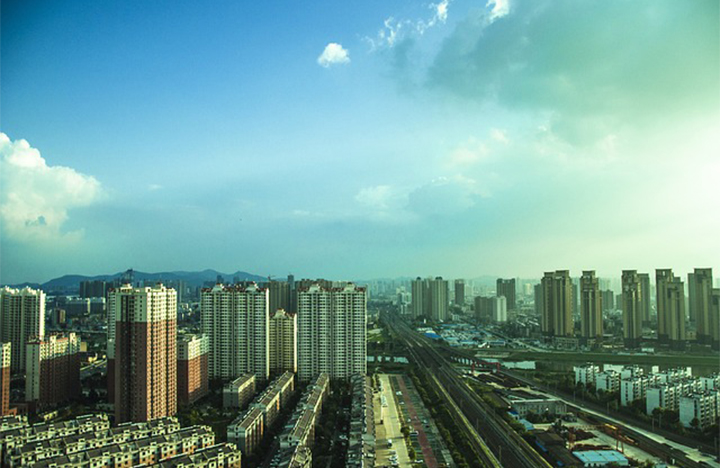



Recently, Hubei Province held a conference on housing, urban and rural construction to specify the direction for future planning. The goals for 2024 were clarified, including achieving a total urban construction investment of over 510 billion yuan for the year. Real estate development investment is targeted to reach 543.7 billion yuan, with the completion of 54.59 million square meters in property sales. The total output value of the construction industry is expected to be 2.34 trillion yuan, and the operating income of survey and design is set to reach 750 billion yuan. The collection of funds for the housing provident fund is projected to increase by 132.5 billion yuan. The plan includes the allocation of 69,000 sets of rental-type affordable housing, the construction of 3,000 sets of sale-type affordable housing, and the commencement of construction in over 4,000 urban and town old communities. Additionally, there are plans to construct and renovate 1,760 kilometers of urban sewage pipelines.
In alignment with established objectives, Hubei Province will concentrate efforts and resources, emphasizing a strategic focus on six key areas listed as follows. This will be achieved through the implementation of eight major projects and fifteen key initiatives, with the aim of promoting high-quality development in urban areas.
The first initiative involves actions to stabilize the growth of the real estate sector, fortify the construction industry, and significantly enhance the efficiency of urban construction projects. This strategic focus centers on vital areas, showcasing the new role of the economic backbone.
The second initiative entails elevating the quality of urban sewage treatment, improving the management of urban and rural waste, and advancing the construction of eco-friendly roads across the province. The emphasis is on addressing water pollution, preserving the water environment, fostering a thriving water economy, and actively promoting comprehensive watershed management to rejuvenate the ecological appearance of urban and rural areas.
The third initiative revolves around optimizing the entire industry chain and the entire life cycle mechanism of housing. This includes implementing projects to match housing supply and demand, facilitating the transformation of the construction industry, and upgrading the urban "retention" strategy. The aim is to strengthen the supply chain system and compete in the new tracks of industry transformation.
The fourth initiative involves the concentrated advancement of urban-rural development through actions such as the co-construction of metropolitan areas, dual-focused actions at the city and county levels, design-led initiatives, comprehensive examination of urban and rural built environment quality, urban renewal initiatives, and rural growth initiatives. The objective is to optimize the function of Wuhan as the leading city of Hubei province, vitalize towns and villages through specializing their advantages, and beautify rural areas. This aims to create liveable, resilient, and smart cities, construct habitable and business-friendly society, and establish a new pattern of integrated urban-rural development.
The fifth initiative includes implementing actions for precise urban management, smart urban infrastructure, and collaborative urban governance. This involves deepening collaborative efforts to continually enhance the standardization, precision, intelligence, and socialization ("Four Modernizations") of urban governance, thus elevating the effectiveness of comprehensive governance.
The sixth initiative focuses on empowering urban lifeline projects, smart construction management projects, and enhancing the stability of natural gas projects through informatization. It aims to expedite the transition from "human-intensive tactics" to "technology-driven intelligence plus rule-based governance" in urban safety management, continually enhancing safety capabilities, defining safety boundaries, safeguarding the safety baseline, and creating new models for secure development.
Source: <https://www.planning.org.cn/news/view?id=15063>
Translated by Xiong Yuxi